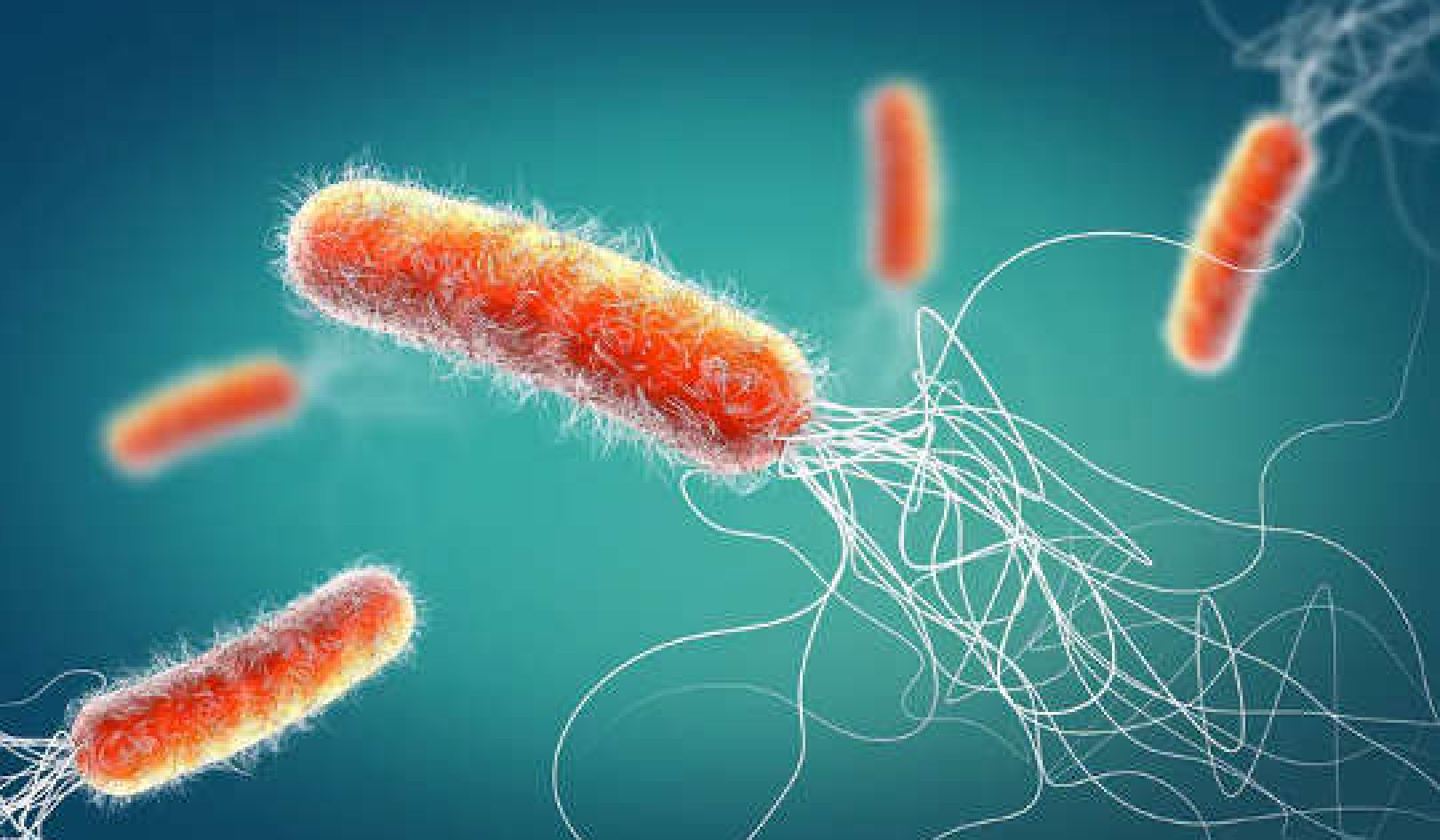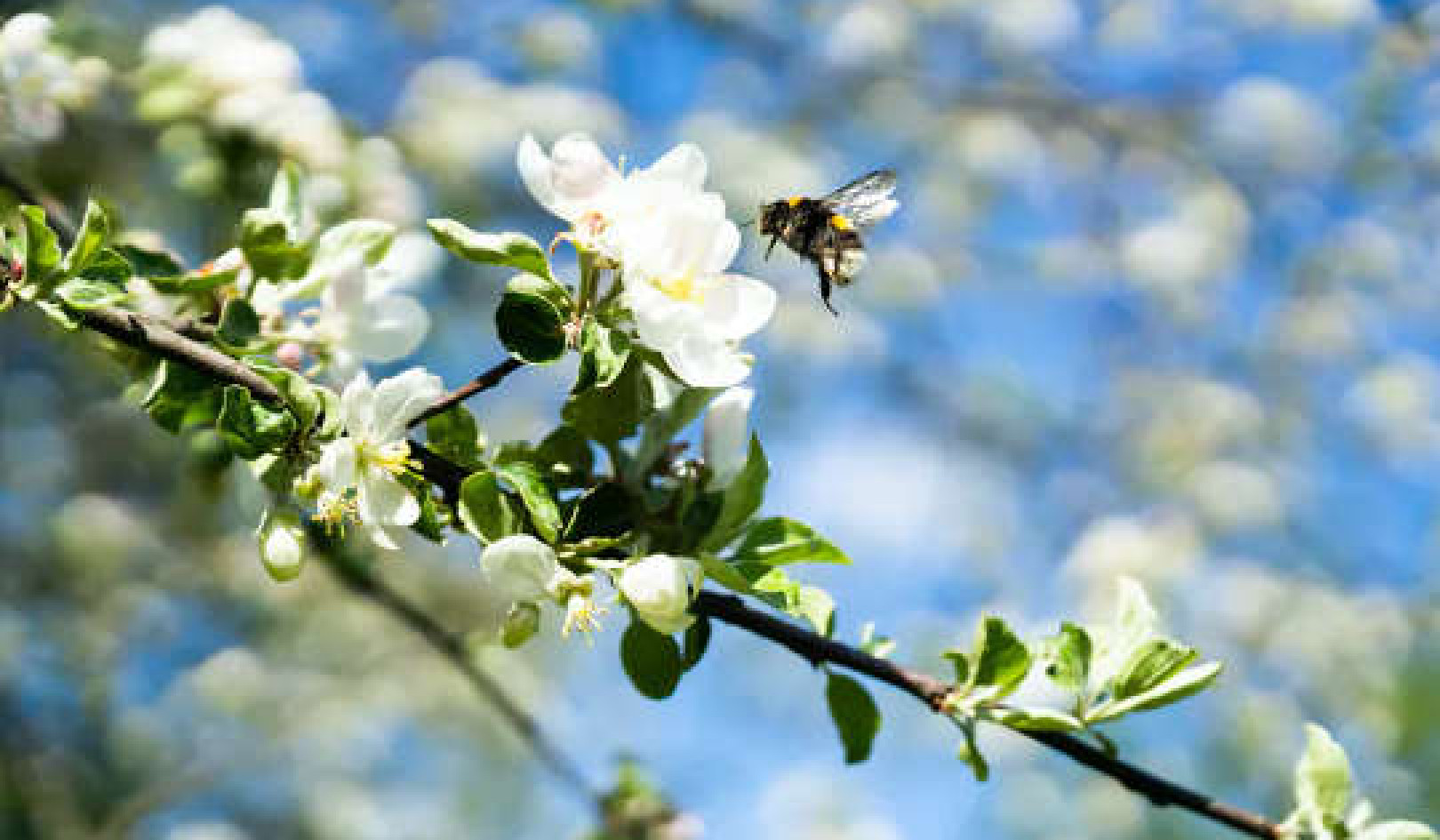
The major lack in most home-garden compost is nitrogen. This deficiency almost always happens because the decomposition process doesn't go far enough. So when this pseudo-compost is mixed into soil, it does not release an abundance of plant nutrients.
 In the case of making compost, if you don’t do it right, it don't come out right.
In the case of making compost, if you don’t do it right, it don't come out right.
And then it don't grow things right.
And then they don't nourish you right. Right!
Get The Latest By Email
A Summary of What I Have Learned
-
Size: The heap must hold heat, but the core must breathe. So the heap needs to be at least six feet across at the base and no more than seven (and seven is twice as good as six); it must be at least five feet high at the start, and no higher than six feet; it must be at least six or seven feet long. If you lack materials to make a heap large enough to work effectively, but you live where winter doesn't freeze everything solid, get a big, continuous-feed plastic composter with a lid and make vermicompost.
-
Air supply: The foot-thick bottom layer of the heap really should be foot-long pieces of corn stalk, sunflower stalks, Brussels sprout stalks, or the like, spread irregularly so they won't pack tight; these allow fresh air into the bottom of the heap to replace the warm air rising out the top. If you do not have an uncompactable bottom layer in place, you're probably going to have to turn the heap every few months.
-
Moisture: When building the heap, water each layer well before starting the next. If you get the entire heap moist while building it and then thickly insulate the heap with loose straw, you probably won't have to turn the heap to add any more water. A thick straw blanket can save you a heap of work.
-
Materials: You must not put woody material or paper into the heap. If the starting materials are not at least half food crop waste or trim from annual/biennial flowers grown on fertile ground, you won't get the best compost. If you can source nitrogen-rich materials, like low-grade alfalfa, pea straw, mint straw, etc., you might make these up to one-third the starting volume in place of animal manure. However, these have a tendency to compact and become airless. Don't use too much.
Most of the heap's starting volume must come from the garden itself. If you must buy-in materials, cereal grain straw is the closest thing you can conveniently buy that has a C:N similar to mixed garden trim and waste.
-
Insulation: Covering the heap with a foot-thick (or thicker) layer of loose grain straw is critically important.
-
Location: Where you put your compost heap has a lot to do with core temperature and loss of moisture. In summer, it's best to compost out of the sun. Close to the shady side of a building is a good spot. Under a tree is not a good spot; the tree roots may steal a lot of value and dry out your heap. But putting a barrier under the heap to keep out tree roots also prevents worms from entering (and leaving).
In the cool or cold season, wind protection can be important. An old shed or garage with a dirt floor and at least three crude walls to break the wind is an ideal place for a heap that has to go through a freezing winter; the shade of a roof would help during the high heat of summer. On the other hand, a clear roof during winter would make the structure into a semi-greenhouse, possibly effective enough to prevent a heap from freezing solid.
-
Turning: I can't predict how often you'll need to turn your heaps. My location, my materials, my methods, require one turn, halfway through, and a final "turn-out" that loosens the compost and prepares it for spreading. If a heap gets dry, it needs turning, and you need to spray it with a lot of water while so doing. If the heap smells of ammonia, it needs turning, watering and more soil. If it cools, turning and remoistening it may cause it to heat up again. But high heat is not necessary; as long as the heap's core is moist and getting sufficient air, there is no absolute need to turn, unless you're in a hurry for it to finish.
-
Temperature (and duration): There's a lot of confusing information about the temperature to strive for. Temperature exceeding about 155°F makes the organisms of decomposition die off, so 155°F is the peak core temperature. Many experts say to bring the heap to about 150°, close to peak speed. However, the microorganisms that convert ammonia gas die off around 140-145°, and that's when the heap usually starts smelling like a horse barn. You don't want that!
I suggest the maximum temperature you ever want to see is about 135°. A medium-heat heap takes longer, yes. But it makes far more finished compost. And that compost will have a far more favorable C:N. The quick-easy way to take the heap's core temperature is to push a sharpened stake or stick about four feet long into the heap and leave it there. When pulled out you, can feel the stick's temperature. Then put it back in.
If a heap fails to get hot enough, next time add more nitrogen, more manure, more COF. Perhaps make it larger. Use a thicker insulating straw blanket. If a heap gets too hot, tear it apart, add more soil and remoisten; next time, use less nitrate fertilizer or manure in it.
Don't forget, should the heap heat for a few weeks and then cool down, there may be no huge reason to turn it to force it to heat up again. Why be in a rush? Let it work slowly for a few months. The best compost takes at least six months; a year's time is even better.
©2013 by Steve Solomon. All Rights Reserved.
Reprinted with permission of the publisher,
New Society Publishers. http://newsociety.com
This article was adapted with permission from the book:
The Intelligent Gardener: Growing Nutrient Dense Food
by Steve Solomon and Erica Reinheimer.
 To grow produce of the highest nutritional quality the essential minerals lacking in our soil must be replaced. The Intelligent Gardener demystifies the process while simultaneously debunking much of the false and misleading information perpetuated by both the conventional and organic agricultural movements. This practical step-by-step guide and the accompanying customizable web-based spreadsheets go beyond organic and are essential tools for any serious gardener who cares about the quality of the produce they grow.
To grow produce of the highest nutritional quality the essential minerals lacking in our soil must be replaced. The Intelligent Gardener demystifies the process while simultaneously debunking much of the false and misleading information perpetuated by both the conventional and organic agricultural movements. This practical step-by-step guide and the accompanying customizable web-based spreadsheets go beyond organic and are essential tools for any serious gardener who cares about the quality of the produce they grow.
Click here for more info and/or to order this book.
About the Authors
 Steve Solomon is the founder of the Territorial Seed Company. He has been growing most of his family's food for over 35 years, and is the author of several landmark gardening books including Gardening When it Counts and Growing Vegetables West of the Cascades. A lifelong evangelist for the value of self-sufficiency, his writing, lectures and classes are focused on helping people become financially independent through producing their own necessities. He currently homesteads in Tasmania.
Steve Solomon is the founder of the Territorial Seed Company. He has been growing most of his family's food for over 35 years, and is the author of several landmark gardening books including Gardening When it Counts and Growing Vegetables West of the Cascades. A lifelong evangelist for the value of self-sufficiency, his writing, lectures and classes are focused on helping people become financially independent through producing their own necessities. He currently homesteads in Tasmania.
 Erica Reinheimer has nurtured a life-long passion for gardening. After plunging into organic vegetable gardening, she began to experiment with the use of seed meal, soil testing, and supplemental minerals - all with outstanding results. This in turn led her to start successful home greenhouse and garden design businesses, helping others nourish their soils. Erica tries to remember everyday that as one shapes the garden, so does the garden shape you.
Erica Reinheimer has nurtured a life-long passion for gardening. After plunging into organic vegetable gardening, she began to experiment with the use of seed meal, soil testing, and supplemental minerals - all with outstanding results. This in turn led her to start successful home greenhouse and garden design businesses, helping others nourish their soils. Erica tries to remember everyday that as one shapes the garden, so does the garden shape you.







